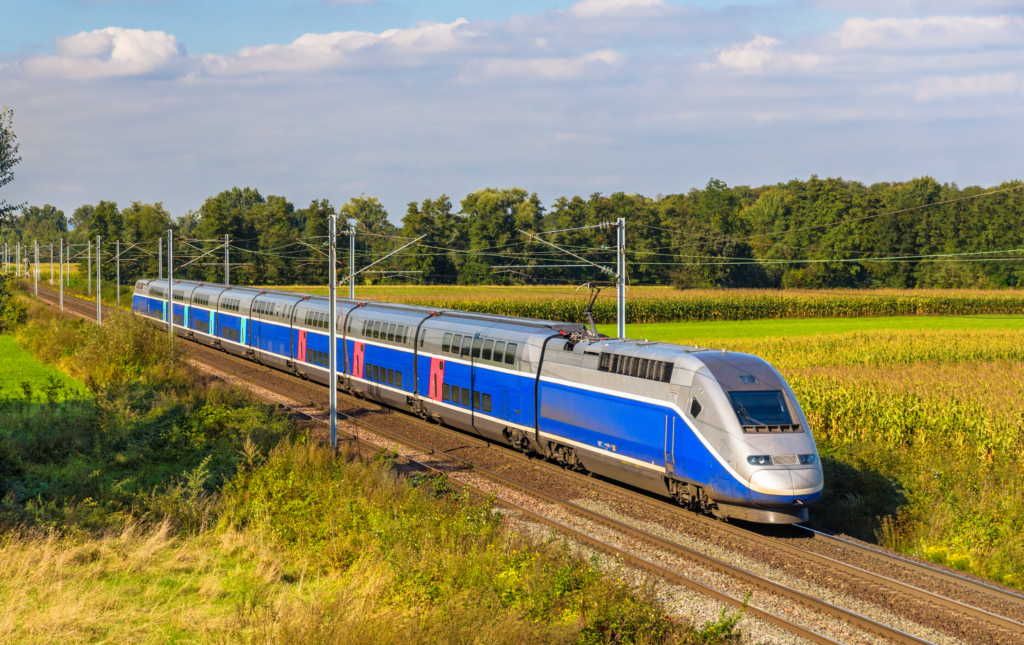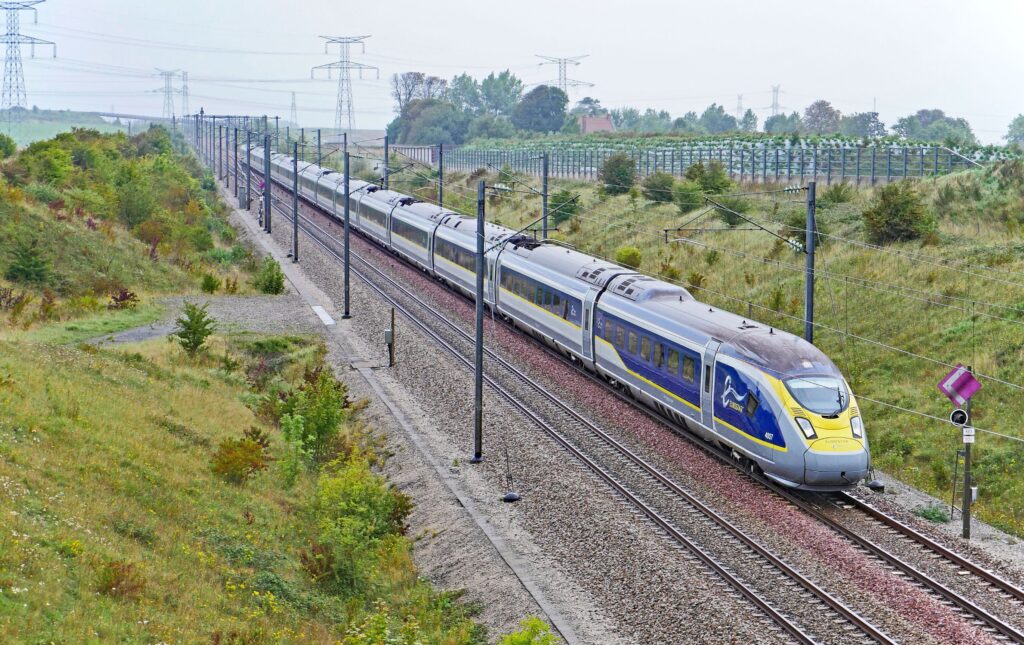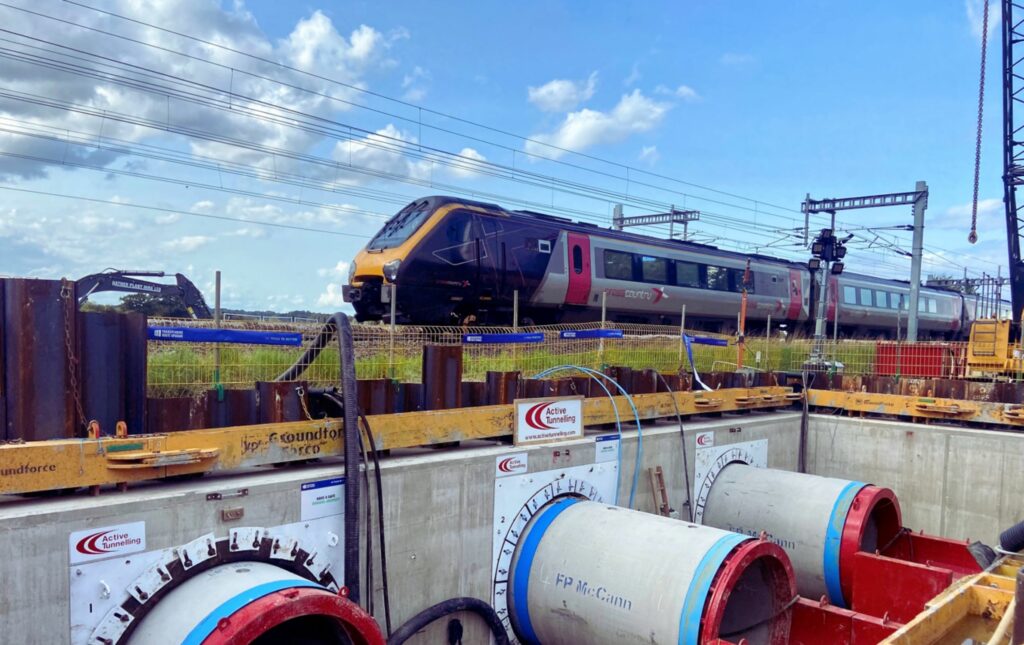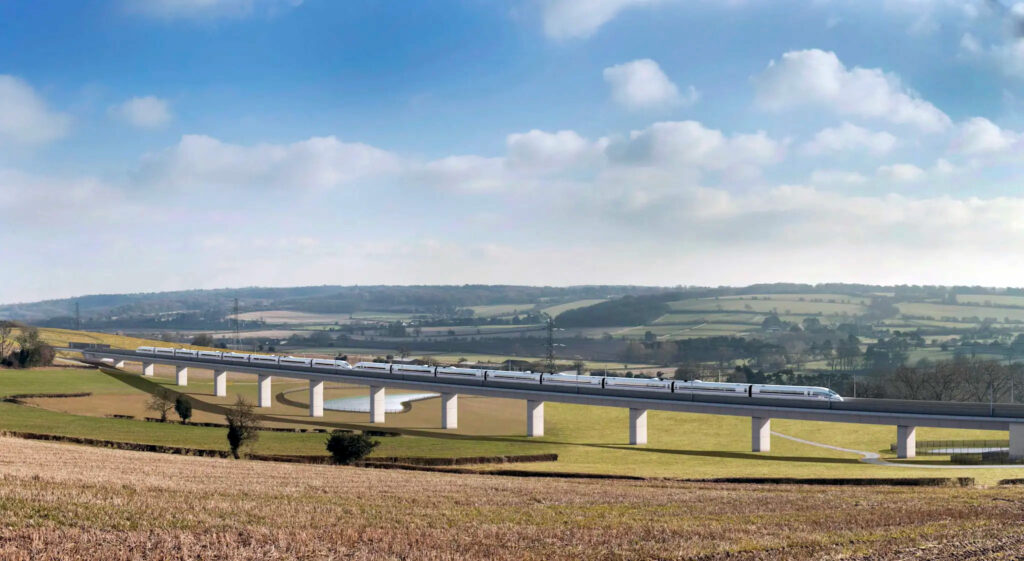Mike Muldoon is Business Development Director at SYSTRA UK & Ireland and has more than 30 years’ experience in the design and delivery of transport and infrastructure projects throughout the world. Mike sits on the board of the High Speed Rail Group, which this week published its report into investment in rail infrastructure. He shares his thoughts on the lessons we can learn from French high-speed rail projects.
As the new Government gets its feet under the table, and starts to feel the pressure on public spending, there are both challenges and opportunities ahead for the rail industry. Crucially, there is great potential to set a new direction for infrastructure investment in the UK. The High Speed Rail Group (HSRG) report, Making Rail Infrastructure an Investible Proposition, not only looks at why we need infrastructure investment to grow as a nation, but crucially how we can fund it.
The report, featuring industry and international case studies to demonstrate successful infrastructure projects delivered by public private partnerships, outlines the steps needed to develop and deliver a comprehensive, long-term strategy for investment in rail infrastructure. It builds on the clear appetite for more sustainable, efficient and reliable transport networks across the country, and explores how commitment to a strong pipeline of projects can ensure delivery is made on-time and to-budget.
Some of the global lessons in how alternative financing options, combined with an holistic, long-term view, can bring vital rail schemes to life, come from the chapter by SYSTRA Technical Director Sebastien Vecchiato.
Sebastien explored how the use of public-private partnership (PPP) funding models in France brought benefits and certainty for financial sponsors on both sides, and ultimately improved the end result for passengers.

Between 2011 and 2017, three high-speed rail projects were delivered simultaneously in France using different styles of PPP:
- 182km Rennes-Le Mans high-speed line
- 60km Nimes-Montpellier bypass
- 300km Tours-Bordeaux high-speed line
We think these examples show how the public sector can control project cost and ensure project certainty through the use of PPP. This financing model means that associated financial risk and commercial opportunities were backed by the contractor. The transfer of responsibilities to the contractor was met with strong incentives to deliver on-time.
Significant advantages to public authorities also came in terms of cost control, which ultimately helps to ensure the long-term financial stability of complex infrastructure projects – something the UK could certainly benefit from.
As the Government considers the potential for future rail projects in the UK, the ability to introduce private finance could unlock better value for all involved, and support the much-needed long-term view of infrastructure investment that would truly allow us to transform connectivity and support growth.
Versatility and innovation in the solutions themselves are in no short supply, and now is the time to bring those characteristics, and their benefits, into the funding models as well.
HSRG’s latest report entitled, “Making Rail Infrastructure an Investible Proposition”, was published on 17th October 2024.
You May Also LIKE

- markets
High Speed Rail
Read more sur High Speed Rail
- markets
Rail
Read more sur Rail
- projects


 Australia
Australia  Brazil
Brazil  Canada
Canada  Chile
Chile  China
China  Columbia
Columbia  Denmark
Denmark  Egypt
Egypt  France
France  India
India  Indonesia
Indonesia  Ireland
Ireland  Italy
Italy  Malaysia
Malaysia  New Zealand
New Zealand  Norway
Norway  Panama
Panama  Peru
Peru  Poland
Poland  Portugal
Portugal  Saudi Arabia
Saudi Arabia  Singapore
Singapore  South Korea
South Korea  Spain
Spain  Sweden
Sweden  Taiwan
Taiwan  Thailand
Thailand  Türkiye
Türkiye  United States
United States  Vietnam
Vietnam